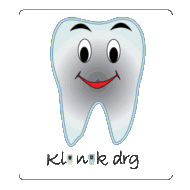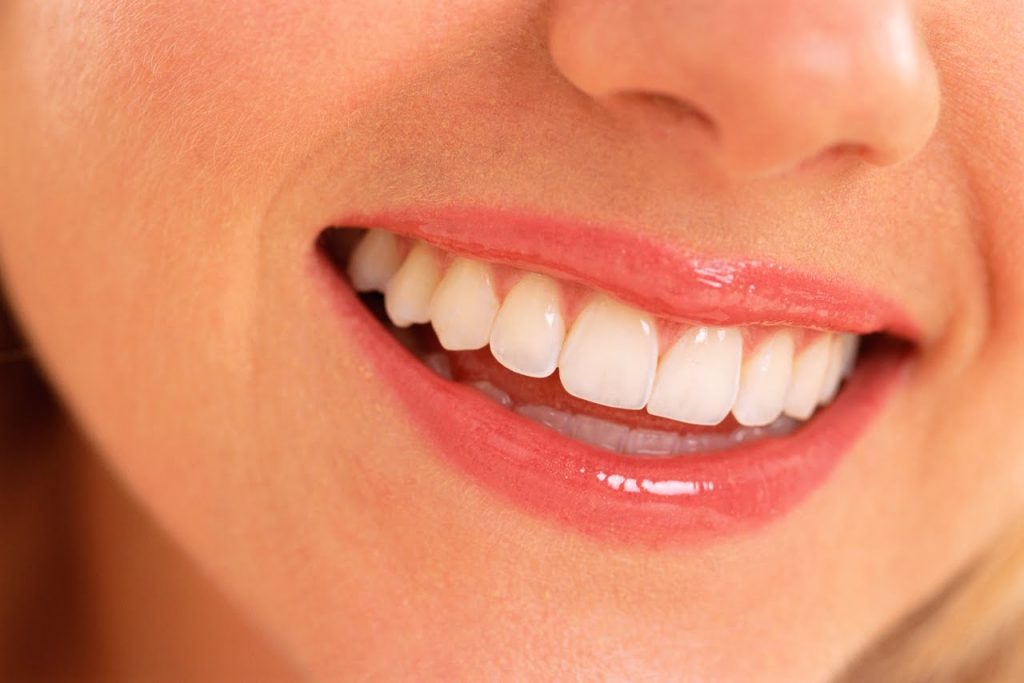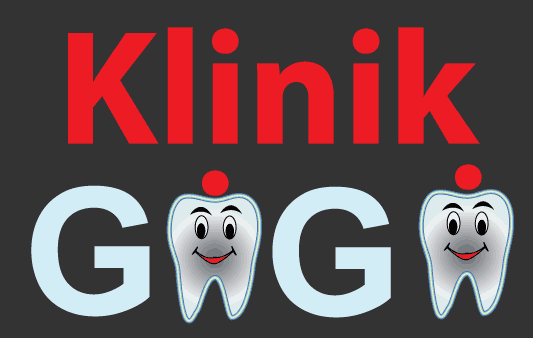Having clean, white and healthy teeth is everyone’s dream. With white and healthy teeth, of course our self-confidence will grow, so what if we experience a problem with our teeth, such as brittle teeth and cavities, for example? Of course, we will immediately rush to the dentist to have cavities filled, right? According to dentists, the types of tooth fillings and their durability vary, there are many materials that can be used to fill cavities.
Types of Dental Fillings and Materials Used
In Indonesia, most dentists use amalgam and composite resin. Each of these materials certainly has advantages and disadvantages. In general, tooth fillings can be divided into two types, namely direct restoration tooth fillings and indirect restoration tooth fillings. Direct Restoration is a filling that is directly performed by a dentist on a patient’s tooth without requiring a laboratory process.
Meanwhile, Indirect Restoration is a tooth filling that is carried out in a laboratory where the patient’s teeth are previously printed by a dentist and then the results of the impression are sent to the laboratory. Below we present several materials that are often used by dentists in Indonesia to fill patients’ teeth.
Amalgam
This material is often used by dentists to fill patients’ teeth. Amalgam has a metal base in the form of liquid, namely mercury metal and powder which is a metal combination of silver, tin and copper. These components then react to form an amalgam filling which then hardens and has a color that contrasts with the tooth.
Advantages of Amalgam:
Dental filling materials are much stronger compared to other filling materials
Resistant to corrosion so it doesn’t wear out and break easily
Making patches is easier and simpler relatively cheaper costs
Disadvantages of amalgam
in terms of color, it is less attractive because it contrasts with the teeth
The longer the tooth filling is, the more it will change the color of the tooth
Many patients complain of allergies caused by using this material to fill teeth
Contains mercury metal which is harmful to the body
Composite Resin
Composite resin is a material for dental fillings that has the exact same color as the tooth. By using ultra violet light, this composite resin material hardens.
Advantages of Composite Resin
The results obtained are very satisfying because this material exactly matches the color of the teeth
Resistant to corrosion, although this material is still inferior to amalgam materials
The color used to fill teeth can be adjusted to the condition of the patient’s teeth
Disadvantages of Composite Resin
When using this material, expertise and skills are needed to fill the patient’s teeth to get maximum results.
When filling, it is mandatory to keep the mouth dry, if it is contaminated with saliva it can impact the durability of the patient’s tooth filling.
Under the filling, secondary caries can occur if the filling leaks
This material can absorb the colors in the food and drinks we consume, resulting in changes in the color of the teeth over a long period of time.
This is the type of dental filling that is often used by dentists in Indonesia. Hopefully this information can broaden your insight into maintaining better oral health.


